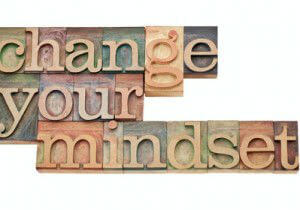
A study performed at the University of Oxford and published in the journal Flavour shows that the taste of food is significantly affected by the color and shape of your cutlery.
Researchers Vanessa Harrar and Charles Spence guided over 100 Oxford students through three experiments. The first consisted of eating white and pink yogurt using different colored spoons. The pink yogurt was the same as the white, only dyed pink.
The second consisted of yogurt eaten with heavy and light spoons, and the third tested the flavor of cheese when eaten with a fork, knife, spoon and toothpick.
Results showed that white yogurt tasted sweeter to the students than the pink yogurt when a white spoon was used. When a black spoon was used, the students thought that the pink yogurt tasted sweeter than the white, however both yogurts were reported to taste less sweet than the yogurts eaten with the white spoon. When eaten from a blue spoon, the white yogurt was found to be less salty than the pink yogurt.
When the students tasted yogurt held in light, plastic spoons, they rated it as more dense and more expensive. In the cheese experiment, students thought that the cheese tasted the saltiest when eaten off of the knife.
In the Flavour article, Vanessa Harrar and Charles Spence stated, “how we experience food is a multisensory experience involving taste, the feel of the food in our mouths, aroma and the feasting of our eyes… even before we put food into our mouths, our brains have made a judgment about it, which affects our overall experience.”
While this study was specifically about cutlery and its effect on taste, a past assumption or stigma about certain foods would also affect a food’s flavor. If we grew up eating a specific food, say, Froot Loops cereal or boxed macaroni and cheese, we may find its flavor appealing as adults, simply because of the nostalgia involved, even though we know it is not healthy.
 Recognizing these types of emotions and their influence on our cravings for unhealthy foods may help us to think our way out of them, and choose healthier options. Similarly, if you hated a certain type of food as a child, such as brussels sprouts, you may be loathe to eat it as an adult.
Recognizing these types of emotions and their influence on our cravings for unhealthy foods may help us to think our way out of them, and choose healthier options. Similarly, if you hated a certain type of food as a child, such as brussels sprouts, you may be loathe to eat it as an adult.
However, if you clear your mind beforehand and give it another try, it may taste completely different if you focus on how healthy the food is, or even if you serve it in a favorite bowl.
As this study and similar studies show, our minds have a great deal to do with how a food tastes to us. If our mindset is focused on obtaining the most nutrients for the healthiest life possible, our perceptions of many foods may change, and processed foods may start to look much less appealing.
-The Alternative Daily
Sources:
http://www.myfoxny.com/story/22702439/color-of-cutlery-could-change-how-food-tastes
http://www.scientificamerican.com/podcast/episode.cfm?id=cutlery-colors-culinary-critique-13-07-02
http://www.bbc.co.uk/news/health-23051517

